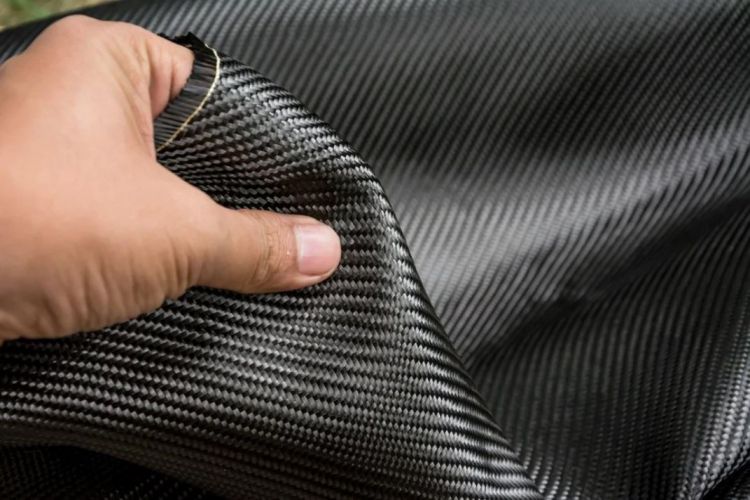 In environments with extremely high temperatures, like industrial workplaces or during firefighting operations, it is crucial to prioritize the safety and well-being of the people involved. Heat-resistant fibers have become an essential element in creating protective clothing and materials that can handle such intense temperatures, such as a fire blanket. In this article, we’ll delve into the advancements of heat resistant fibers and their significant impact on improving safety and protection across various industries.
In environments with extremely high temperatures, like industrial workplaces or during firefighting operations, it is crucial to prioritize the safety and well-being of the people involved. Heat-resistant fibers have become an essential element in creating protective clothing and materials that can handle such intense temperatures, such as a fire blanket. In this article, we’ll delve into the advancements of heat resistant fibers and their significant impact on improving safety and protection across various industries.
Getting to Know Heat Resistant Fibers
Heat resistant fibers are specially crafted materials meant to bear and disperse heat effectively. These fibers have innate characteristics that prevent them from melting, burning, or deteriorating when faced with scorching temperatures. They are commonly employed in the making of protective garments like firefighting equipment, industrial workwear, and military uniforms, where there’s always a threat from extreme heat and fire.
Aramid Fibers: The Gold Standard
Aramid fibers have established themselves as the go-to materials for heat-resistant fibers. These amazing synthetic fibers boast fantastic heat resistance, impressive tensile strength, and the ability to resist flames. You’ll find aramid fibers in use in fireman’s gear, industrial uniforms, and even military outfits, delivering dependable heat protection in conditions that are far from easy.
The Never-Ending Evolution of Fibers
There have been some incredible developments in the world of heat-resistant fiber technology, resulting in cutting-edge fibers that take things a step further. We now have flame-resistant viscose, enhanced acrylics, and potent polyethylene fibers providing a wider variety of options for producers and end consumers. These marvelous materials offer even better heat protection along with increased durability and comfort. This means designing protective clothing that seamlessly blends safety features with personal comfort is now possible.
Multilayered Fabrics for Enhanced Protection
Heat resistant fibers are often incorporated into multilayered fabrics to enhance thermal protection. These fabrics consist of multiple layers, each serving a specific function such as insulation, moisture management, and heat reflection. By combining heat resistant fibers with other specialized materials, such as moisture-wicking fabrics and insulating layers, multilayered fabrics provide comprehensive protection against heat, flames, and other hazards.
Comfort and Flexibility
While heat resistance is crucial, comfort and flexibility are equally important considerations for protective clothing. Innovations in heat resistant fibers have addressed these factors by improving the breathability, moisture management, and flexibility of the fabrics. New fiber blends and construction techniques allow for better air circulation, moisture wicking, and a greater range of motion, ensuring that protective clothing remains comfortable even during extended wear in hot environments.
Beyond Protective Clothing
Heat resistant fibers find applications beyond protective clothing. They are utilized in various industries for insulation, fireproofing, and heat shielding purposes. Heat resistant fabrics are employed in the automotive sector to protect cables and hoses from engine heat, in aerospace for thermal insulation in aircraft components, and in construction for fire-resistant barriers and curtains. These fibers play a crucial role in maintaining safety and performance in diverse applications where heat is a significant concern.
Research and Development
Ongoing research and development efforts continue to push the boundaries of heat resistant fibers. Scientists and engineers are exploring novel materials, advanced manufacturing techniques, and surface treatments to enhance heat resistance, durability, and other desirable properties. By continuously pushing the limits of what heat resistant fibers can achieve, researchers aim to develop even more effective and versatile solutions for heat protection in the future.
Heat resistant fibers have revolutionized the field of protective clothing and textiles, ensuring the safety of individuals working in high-temperature environments. Through continuous innovation, these fibers provide superior heat resistance, durability, and wearer comfort. With advancements in fiber technology and multilayered fabric design, heat resistant fibers are enabling the development of more efficient and reliable protective clothing. As research and development efforts continue, we can expect further breakthroughs in heat resistant fibers, leading to enhanced safety measures and improved performance in a wide range of industries.


